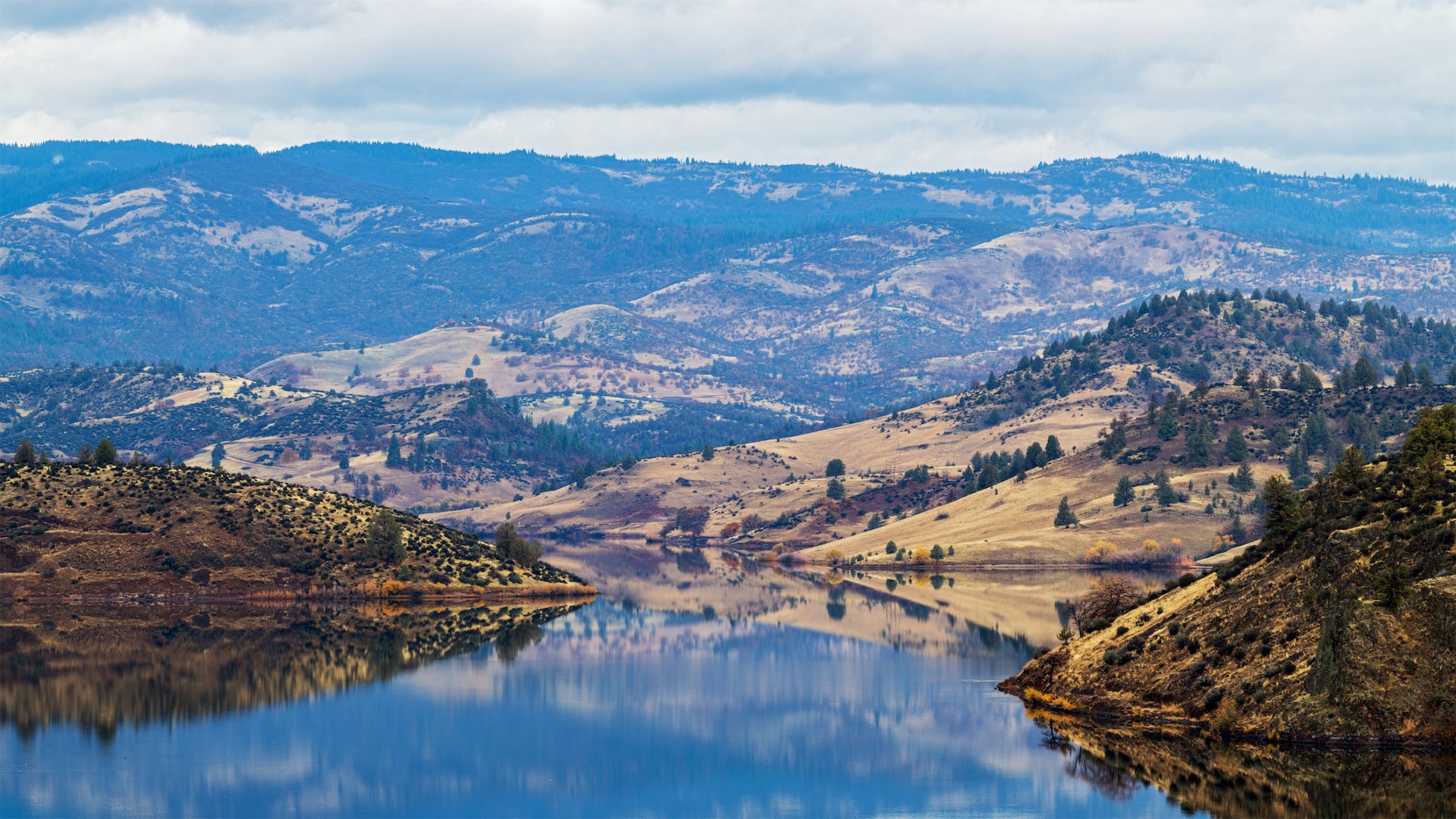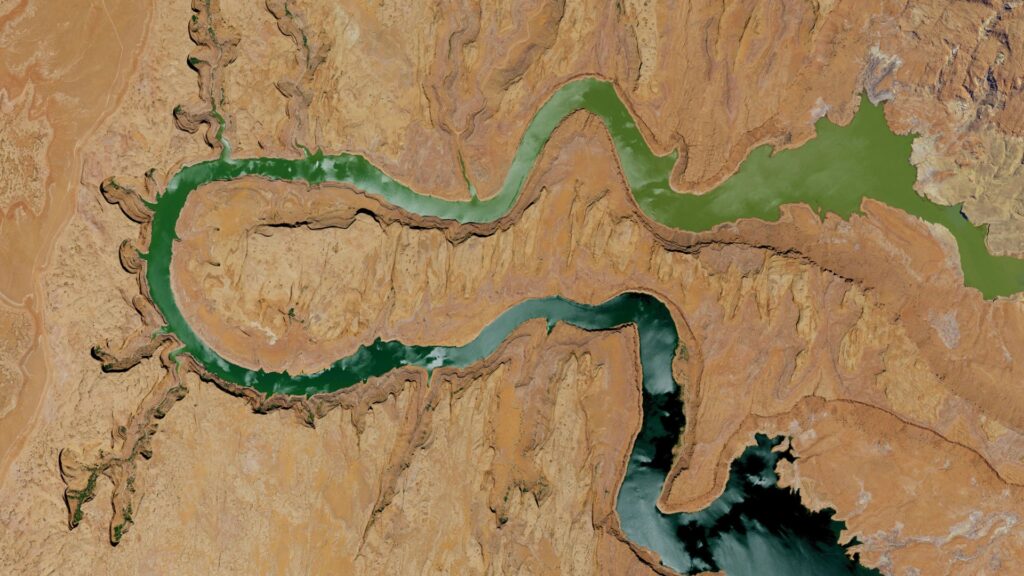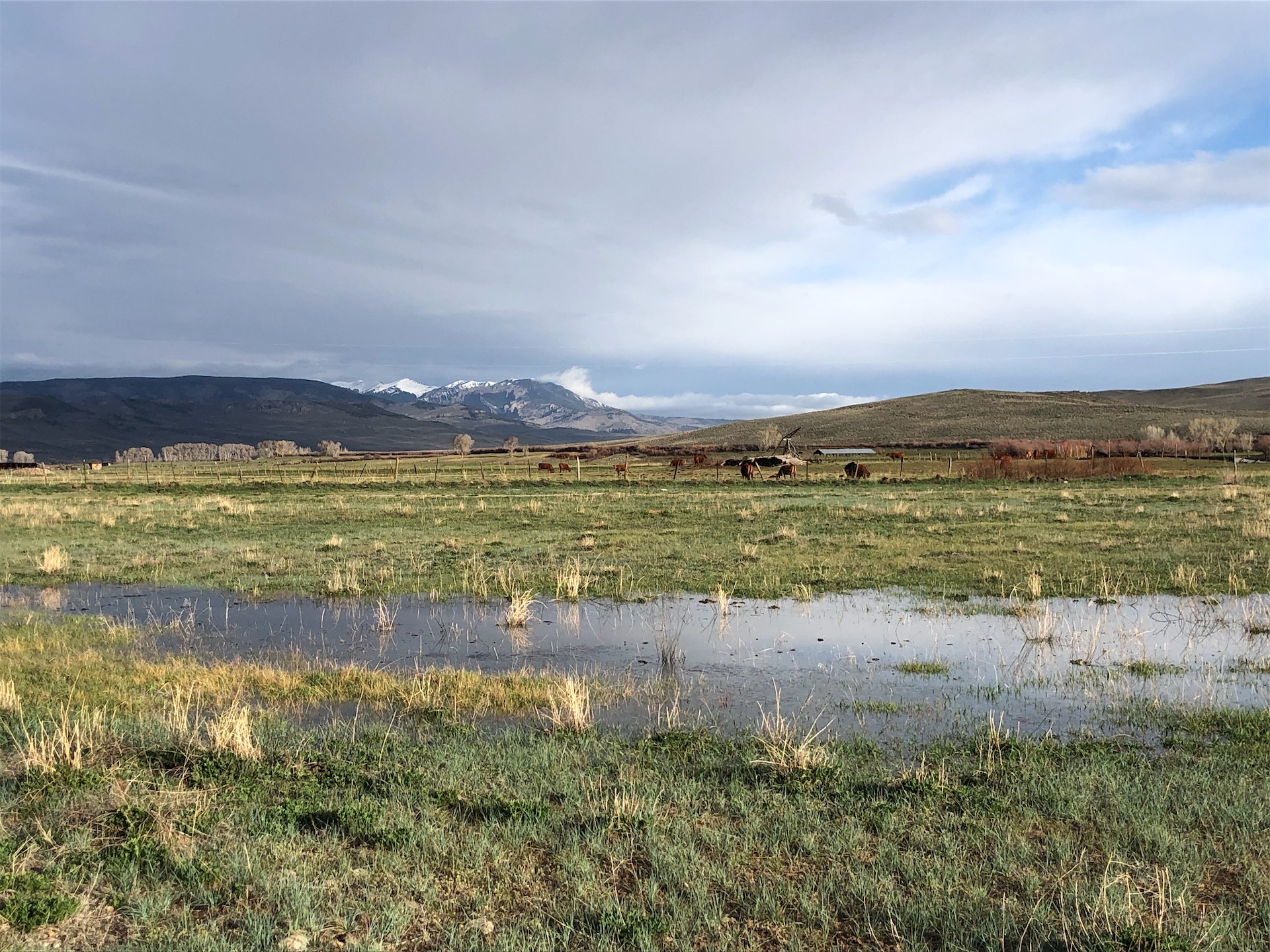
Water Weekly for November 22nd
IF YOU CAN ONLY READ THREE STORIES ABOUT WESTERN WATER THIS WEEK, READ THESE:
1. Phoenix, other western US cities pledge to remove decorative grass amid drought
30 more western cities, including Phoenix and Salt Lake City, signed on to an agreement from August announced by five large Western cities to make major cuts to water usage. While the specific pledge to remove 30% of all non-functional turf has garnered headlines, 12News in Phoenix also reports that “the agencies say they’ll boost water efficiency, add more water recycling and consider actions like changing how people pay for water to encourage savings.” Municipality leaders all but say outright that the pledges are intended to ramp up the pressure on state and agriculture leaders in the Colorado River Basin to make the necessary cuts to meet the Bureau of Reclamation’s demand for 2-4 million acre feet of savings annually. Phoenix’s water resources management advisor told 12News, for instance, that “There is no level of municipal conservation in the entire western United States that could make up for the water that’s going to be needed…” But, “we are giving till it hurts, as much as we possibly can.”
2. Feds approve plan to remove Lower Klamath dams
Removal of the four dams on the Klamath River was first agreed in the Klamath Hydroelectric Settlement Agreement in 2016, after decades of planning and negotiation. But bureaucratic delays meant that only now could the Federal Energy Regulatory Commission approve an order to decommission the dams, which have blocked salmon passage up more than 300 miles of the Klamath since 1911, when the first dam went in. Capital Press reporter George Plaven notes that Klamath Basin tribes, sport fishermen and other have long advocated for removing the dams, which were installed for hydropower production that has since been replaced many times over by other projects. The removal project will cost $500 million, the most expensive dam removal project in U.S. history, with half covered by the state of California thanks to voter approval of a water bond in 2014. The Klamath Water Users Association, which represents irrigating farmers and ranchers in the basin, has not opposed dam removal, but KWUA executive director Paul Simmons spoke to Plaven and reminded him that a parallel agreement from 2016 which was meant to balance water interests in the basin to preserve agriculture has never been honored. “They are disappointed and disillusioned that stakeholders have turned their backs on the agricultural community,” Plaven writes.
3. To save the drying Great Salt Lake, officials must preserve the largest river that feeds it
Will Walkey’s report from the Bear River for Wyoming Public Radio captures the challenges of the Western water crisis expertly. While two-thirds of the water in the Great Salt Lake comes from the 500-mile-long Bear River, two-thirds of the Bear River’s diversions are for agriculture. Joel Ferry, a rancher and farmer in Utah and the executive director of the state’s Department of Natural Resources, says farmers and ranchers are willing to do their part. Meanwhile, irrigators in Wyoming, where the headwaters of the river flow, are struggling with how to use less water without dramatically harming the biodiversity and productivity of their seasonally flood-prone landscape. Walkey points to the paradox at the heart of the matter: “2.2 million new people are projected to arrive [in the Great Salt Lake Basin] in the next four decades. A years-in-the-making development project may divert more water from the Bear River to accommodate this growth.”
More on flood irrigation in the Bear River
Don’t throw the baby out with the flood irrigation water
Growing seasons in the high desert are short.Most years, Adrian Hunolt figures, he has about 45 days to grow enough grass to sustain his cattle. Starting in April or May […]
Get the Water Weekly in your Inbox each week.






